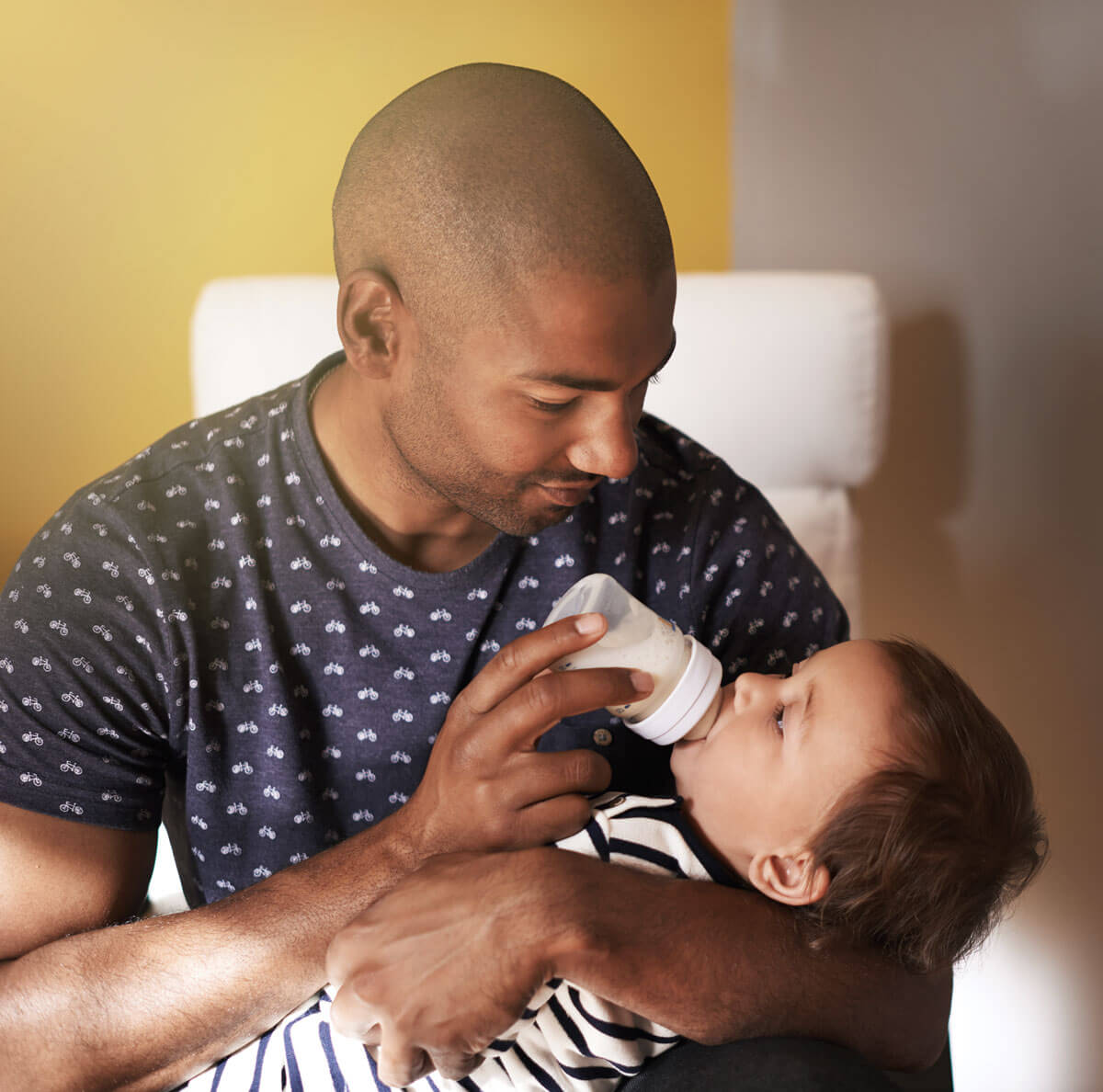Feeding your prematurely born older baby
- Home
- Ellyn Satter
- Older Baby / Almost Toddler
- Frequently Asked Questions
- Feeding your prematurely born older baby


How do you feel your baby is coming along?
How is he like or not like babies who weren’t born early?
How is feeding going?
How and what are you feeding?
Many babies start learning to eat solid foods when they are 4 or 5 months old. Don’t even think about starting solids that early for your prematurely born baby. He isn’t ready and he gets the nutrition he needs from breastmilk or formula.
Instead of starting solids, relax and have fun with your baby. Nipple-feeding will go better now. Take time to enjoy it! Both you and your baby deserve it! What he needs most—and so do you—is a nice, cozy time with feeding.


Once you start solids, your baby may be slow to learn. But he will learn—if you take your time.
He needs to find out that the spoon won’t hurt him. Be slow about adding new pureed foods as well.
In the hospital, what happened to his mouth hurt him—tubes, suctioning, respirators. Now, each new taste and texture may frighten him because it is new.
Introduce new food by putting a taste on his lip. Wait for him to open his mouth for more before you try to feed him. If he doesn’t open his mouth, stop. Offer it another time. Before long, he will be ready for more.
© Ellyn Satter
HAND EXPRESSION
How it works
Use your hand to gently massage and compress your breast to remove milk.
What’s Involved
Average Cost
Free
Side-Lying Hold
This hold is useful when:
Cross-Cradle Hold
This hold is useful when:
Clutch or “Football” Hold
This hold is useful when:
Cradle Hold
This hold is useful when:
Laid-Back Hold
This hold is useful when: